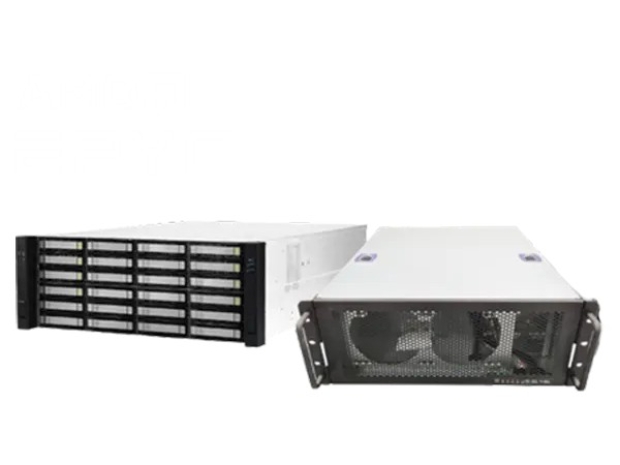PassMark’s latest figures show AMD sits on a staggering 50 per cent market share for server CPUs. Only a few quarters ago, it was languishing at around 20 per cent, making this one of the fastest shifts the datacentre world has seen in years.
In 2017, AMD barely registered at all, with a pathetic two per cent share thanks to outdated offerings. Chief executive Lisa Su made servers a priority, rolling out the first EPYC “Naples” chips built on Zen architecture. From there, AMD doubled down with relentless updates while leaning on TSMC’s cutting-edge nodes to stay ahead.
Meanwhile, Troubled Chipzilla has been tripping over its own shoelaces. Intel’s Xeon platform has seen leadership shake-ups, architectural delays, and node headaches. Customers fed up with waiting have been more than happy to deploy EPYC instead, as it delivers more cores, better performance per watt, and a clearer roadmap.
Intel’s AI efforts haven’t saved it either. Its Gaudi accelerators fell under a tram and failed to dent the competition. Its Xeon 6 hasn’t been the saviour it needed. Even Intel’s new boss Lip-Bu Tan admitted the company is no longer among the top ten semiconductor outfits by industry standards, a humbling admission for what was once the undisputed leader.
AMD has capitalised on every one of those missteps. With platforms like SP7 and SP8 promising up to 12,800 MT/s 16-channel memory and 128 PCIe 6.0 lanes for next-gen EPYC Venice and Verano CPUs, AMD isn’t slowing down.
Intel, meanwhile, is left playing catch-up in a market it used to own.




